The Eco-Chic: Sustainable Practices for the Aspiring Designer
In an era where environmental consciousness is at the forefront, fashion designers have a unique opportunity to create not only beautiful garments but also a positive impact on the planet. As an emerging designer, embracing sustainability can set you apart, resonate with conscious consumers, and contribute to a healthier fashion industry. Let's explore sustainable practices that every aspiring designer should consider:
1. Material Selection: The Fabric of Change
The foundation of sustainable fashion lies in the materials used. Consider the following:
Organic Fabrics: Opt for organic cotton, linen, or hemp. These materials are grown without synthetic pesticides or fertilizers, reducing harm to the environment and promoting soil health.
Recycled Materials: Repurpose discarded fabrics, plastic bottles, or even old denim to create new textiles. Recycling reduces waste and conserves resources.
Tencel (Lyocell): Derived from sustainably managed eucalyptus trees, Tencel is soft, breathable, and biodegradable.
Upcycling: Transform vintage or second-hand clothing into fresh designs. Upcycling minimizes waste and adds a unique touch to your collections.
2. Zero-Waste Design Techniques
Pattern Efficiency: Design with minimal waste by creating patterns that utilize fabric efficiently. Explore zero-waste cutting techniques to maximize every inch of material.
Modularity: Develop modular designs that allow pieces to be mixed and matched. A modular wardrobe reduces the need for excessive clothing items.
3. Ethical Production
Local Manufacturing: Work with local artisans and manufacturers. Supporting local economies reduces transportation emissions and ensures fair wages.
Transparency: Be transparent about your supply chain. Share information about where your materials come from and how your garments are made.
4. Dyeing and Printing
Natural Dyes: Explore plant-based dyes like indigo, turmeric, or beetroot. They are non-toxic and biodegradable.
Digital Printing: Use digital printing techniques to minimize water usage and chemical waste compared to traditional screen printing.
5. Packaging and Shipping
Eco-Friendly Packaging: Choose recyclable or compostable packaging materials. Avoid excessive plastic.
Carbon-Neutral Shipping: Partner with shipping companies that offset their carbon emissions.
6. Circular Fashion
Repair and Care: Encourage customers to repair and maintain their garments. Offer repair services or tutorials.
Take-Back Programs: Implement programs where customers can return old items for recycling or upcycling.
7. Education and Advocacy
Educate Consumers: Use your platform to raise awareness about sustainable fashion. Educated consumers make informed choices.
Collaborate: Partner with other designers, influencers, and organizations to amplify the message of sustainability.
Sources: Worldwide Web
Photo: coralONE




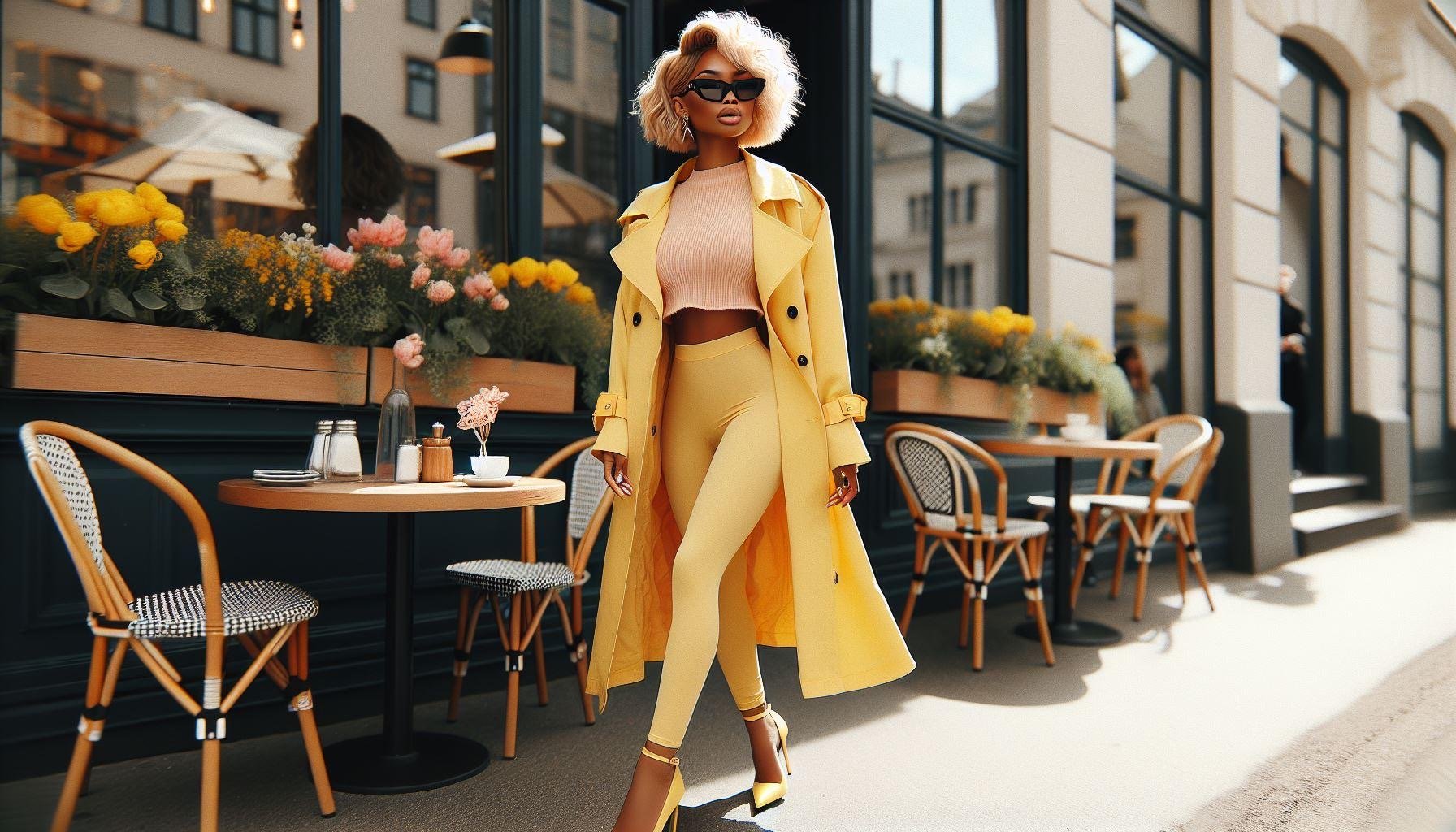
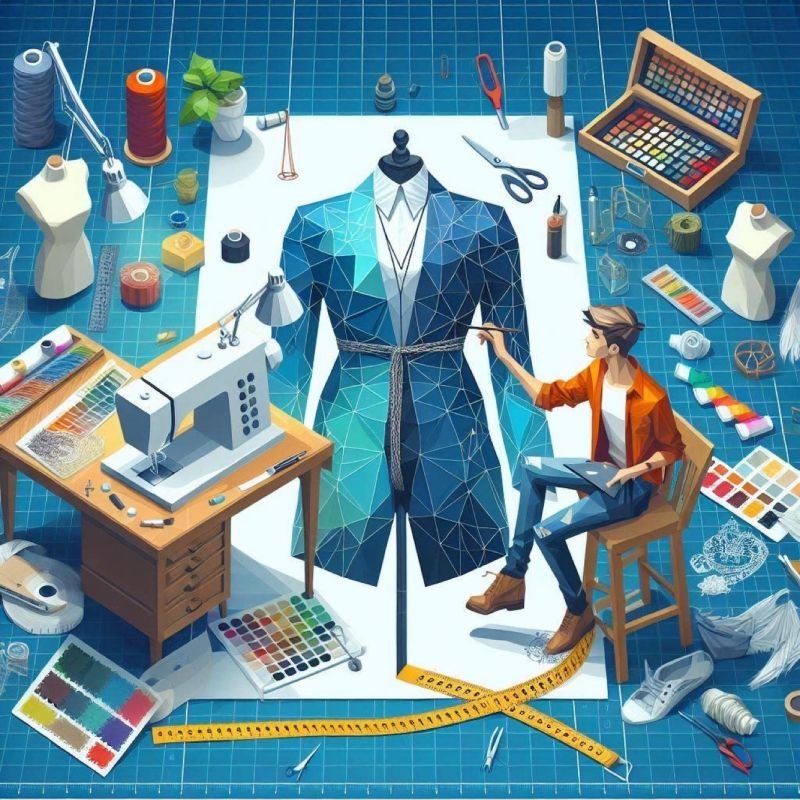

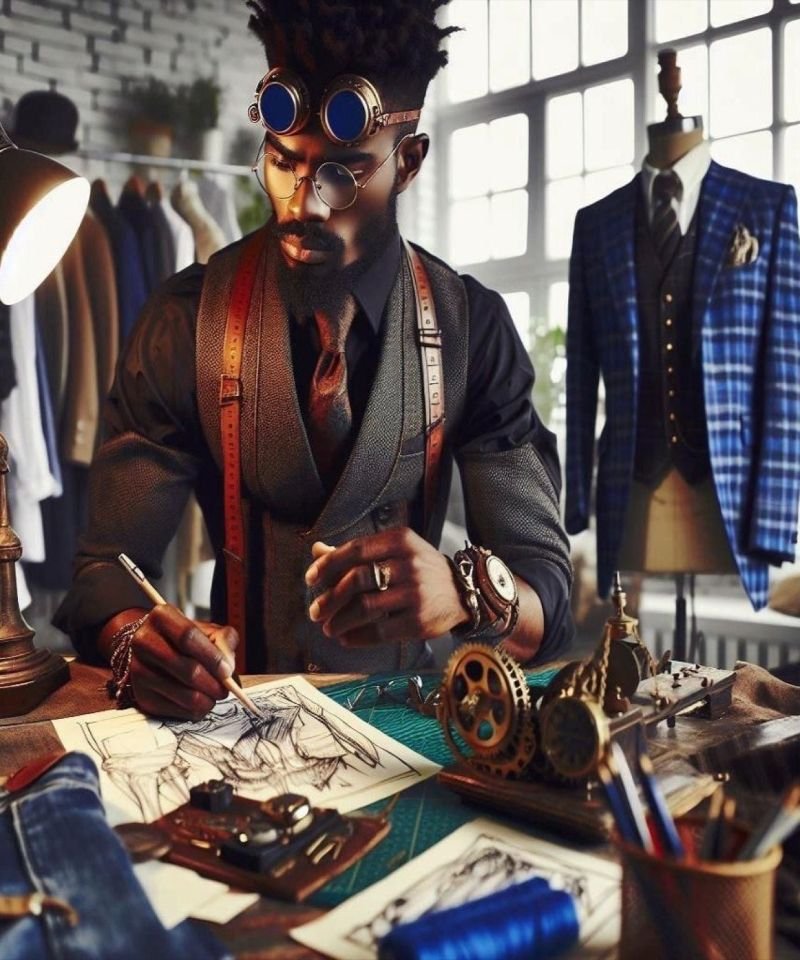





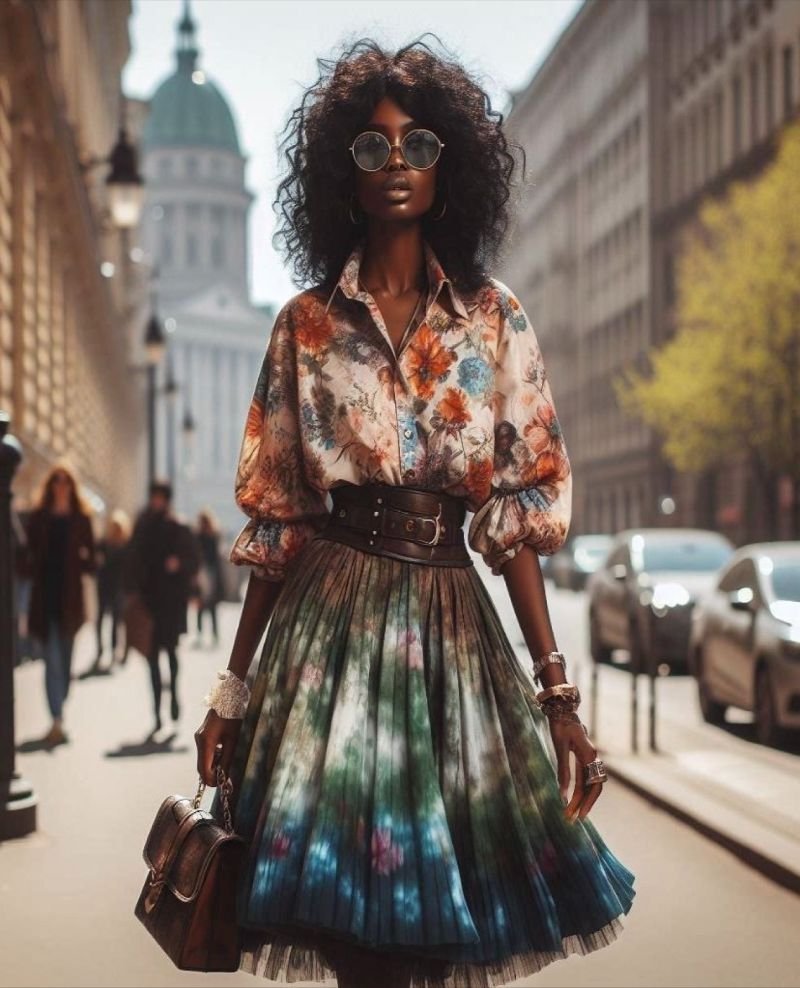
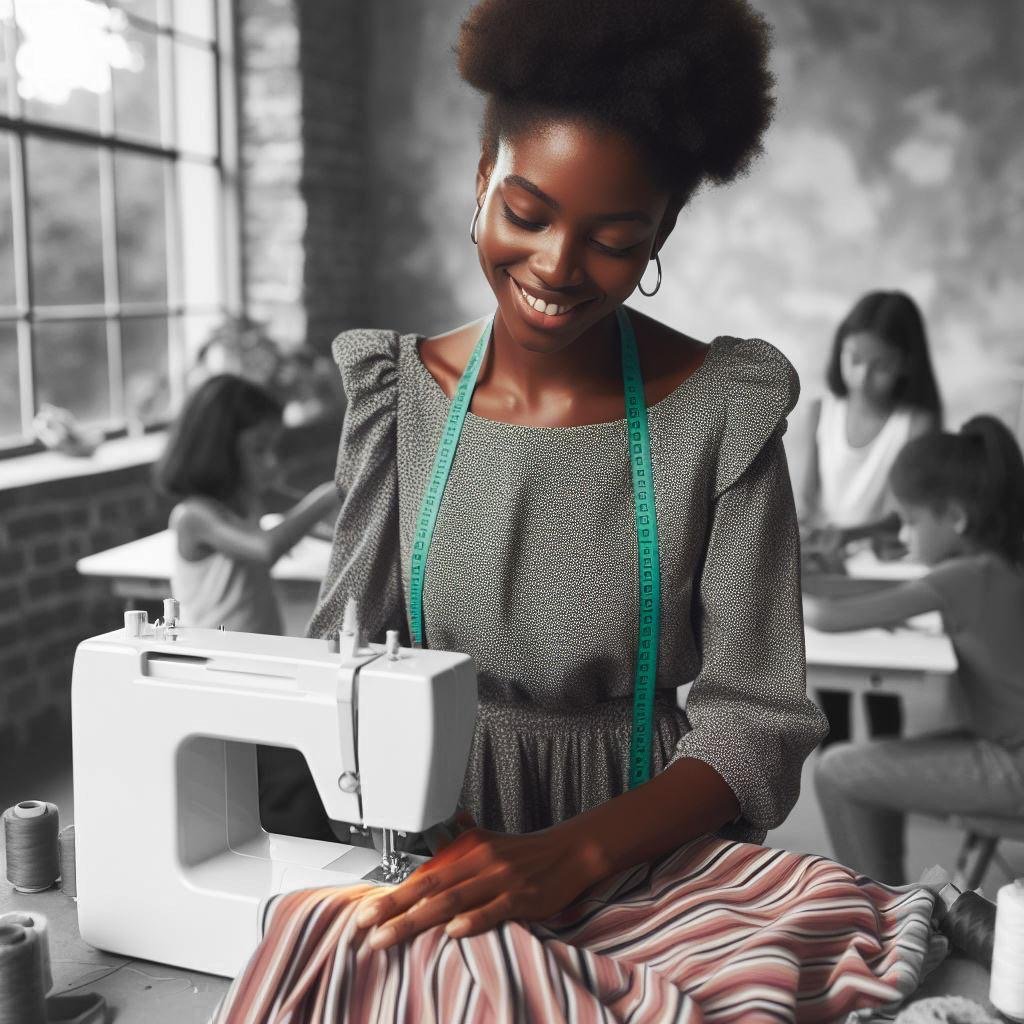


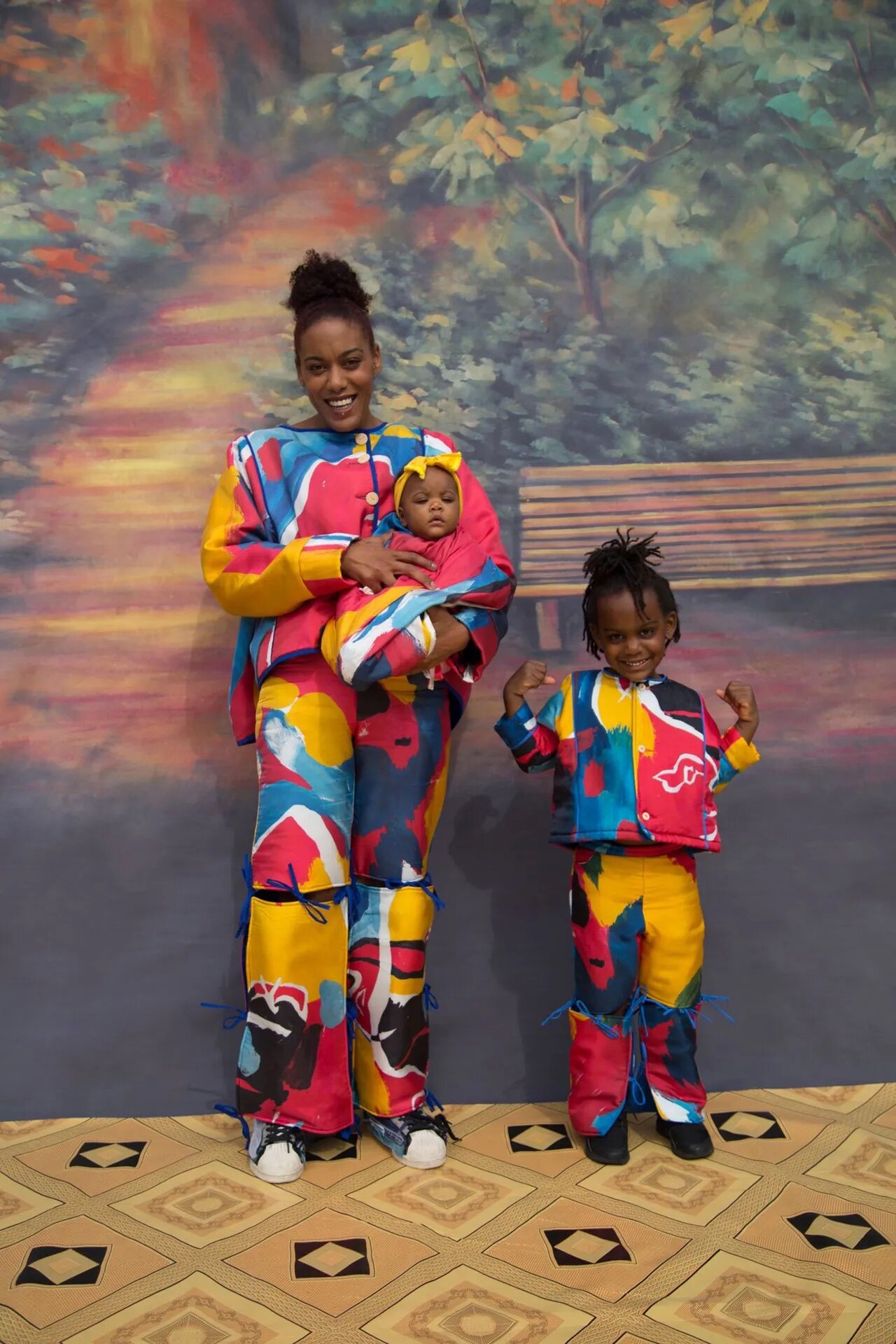
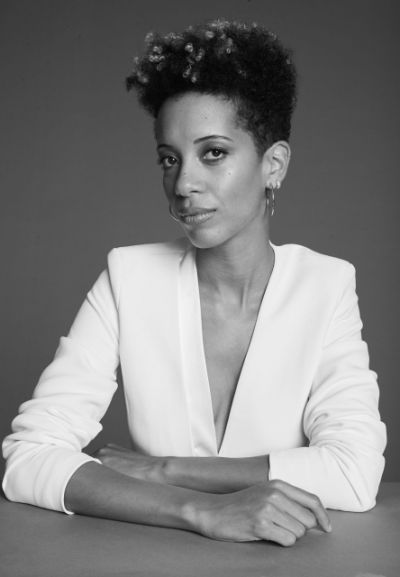
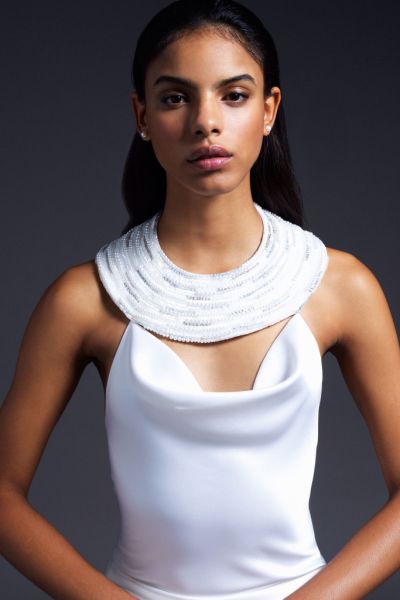
 Carly Cushnie is the Creative Director and CEO of CUSHNIE, the designer womenswear brand she co-founded in 2008. Originally from London, Cushnie attended Parsons School of Design in both Paris and New York, where she received her BA in Fashion Design. Prior to launching the label, she interned at Donna Karan, Proenza Schouler, and Oscar de la Renta.
Designed for the modern woman, the CUSHNIE aesthetic is rooted in clean lines and artful tailoring. Exuding a refined sense of femininity and minimalist sophistication, every detail is carefully considered with the female form in mind.
Carly Cushnie is the Creative Director and CEO of CUSHNIE, the designer womenswear brand she co-founded in 2008. Originally from London, Cushnie attended Parsons School of Design in both Paris and New York, where she received her BA in Fashion Design. Prior to launching the label, she interned at Donna Karan, Proenza Schouler, and Oscar de la Renta.
Designed for the modern woman, the CUSHNIE aesthetic is rooted in clean lines and artful tailoring. Exuding a refined sense of femininity and minimalist sophistication, every detail is carefully considered with the female form in mind. 


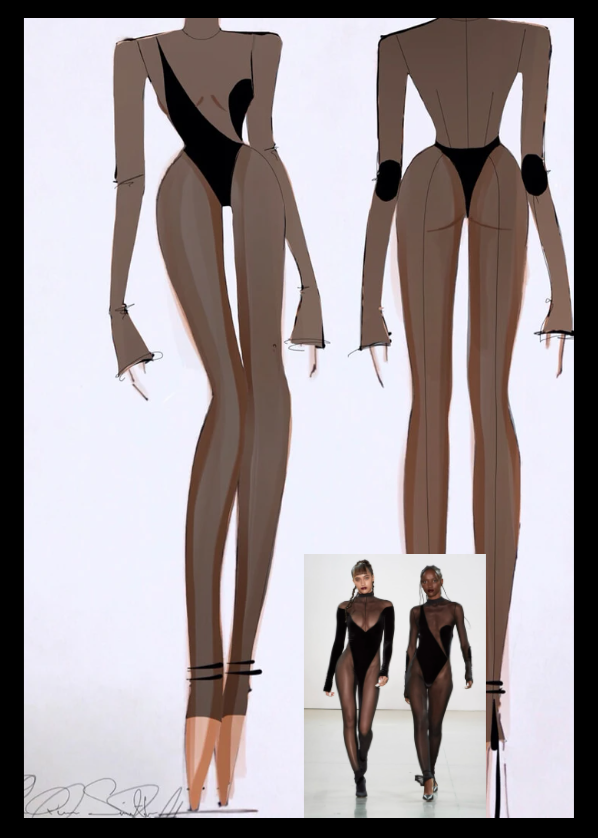 He observed his grandmother and a lot other women role models as a kid. His family sent him to art school in high school, which was a transformative experience. He was denied by FIT and Parsons, struggling to find his way into the industry. He formed an LLC that made “LaQuan Smith 3D leggings” and became known as the “leggings” guy. He modeled them, passed them around, and celebrities started to wear them, that’s when things ‘took off.’
His distinctive work sparked interest among fashion icons and risk takers including Beyonce, Rihanna, Lady Gaga, and Kim Kardashian, all of whom were early supporters.
Since its formal debut in 2013, the brand has gained acclaim for its endless archive of distinctive garments and details. Smith has cultivated an equally dynamic private order clientele which spans the globe from Lagos to London.
From Check the Runway!
He observed his grandmother and a lot other women role models as a kid. His family sent him to art school in high school, which was a transformative experience. He was denied by FIT and Parsons, struggling to find his way into the industry. He formed an LLC that made “LaQuan Smith 3D leggings” and became known as the “leggings” guy. He modeled them, passed them around, and celebrities started to wear them, that’s when things ‘took off.’
His distinctive work sparked interest among fashion icons and risk takers including Beyonce, Rihanna, Lady Gaga, and Kim Kardashian, all of whom were early supporters.
Since its formal debut in 2013, the brand has gained acclaim for its endless archive of distinctive garments and details. Smith has cultivated an equally dynamic private order clientele which spans the globe from Lagos to London.
From Check the Runway!